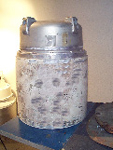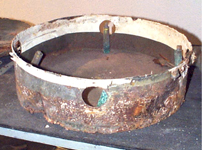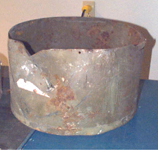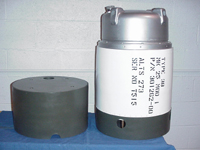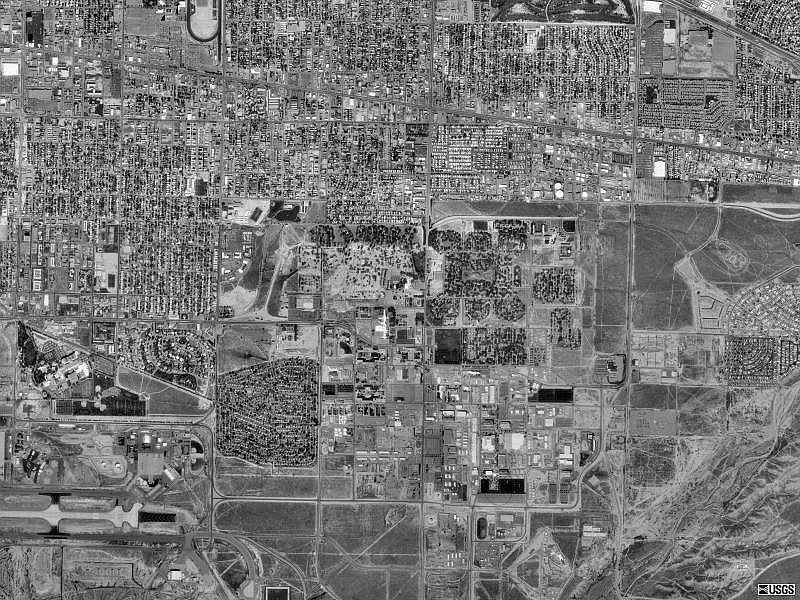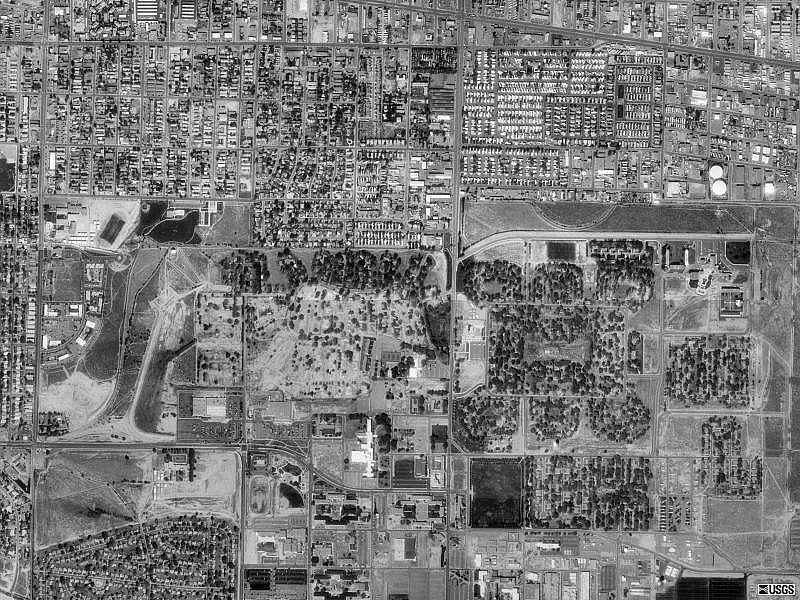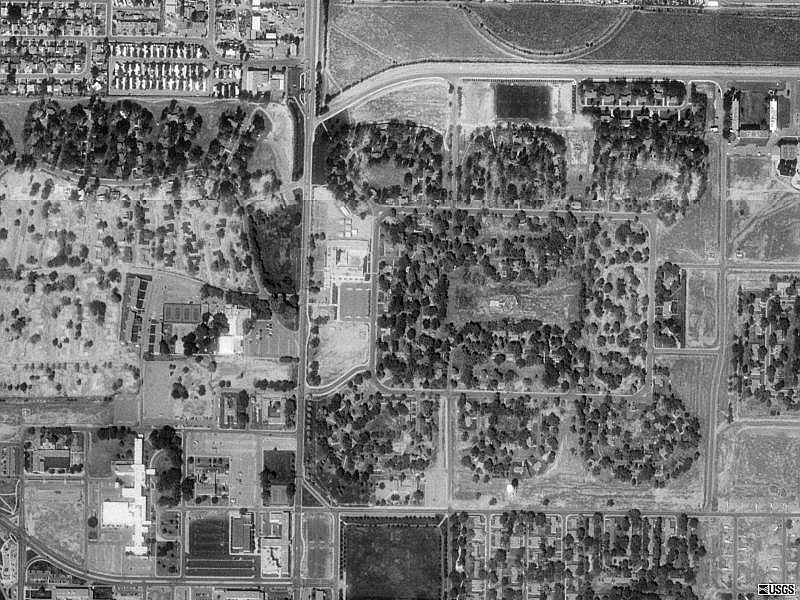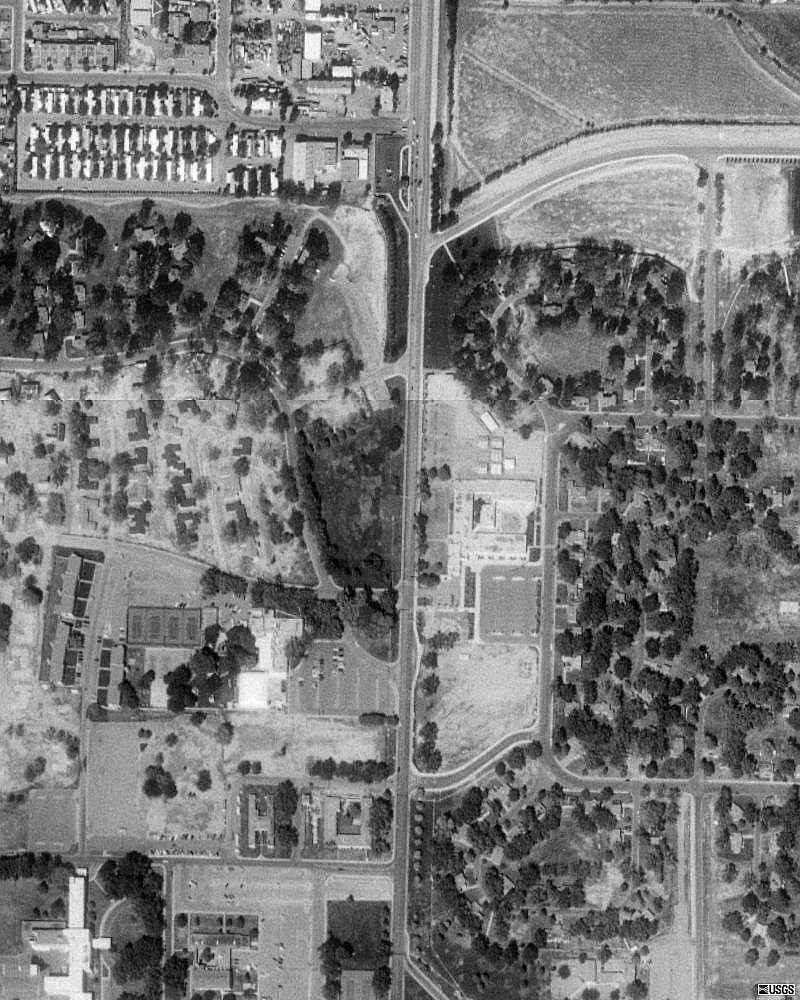1 January 2003. One of the Eyeball
series.
Source: Mapquest.com (color) and
Terraserver (monochrome).
See also the adjacent Kirtland Underground Munitions Storage Complex:
http://cryptome.org/kumsc-eyeball.htm
See also the National Atomic Museum:
http://www.atomicmuseum.com
Defense Nuclear Weapons School:
http://www.dtra.mil/cs/dnws/cs_site_index.html
Defense Nuclear Weapons School (DNWS)
Mission
The mission of the DNWS is to provide the warfighter with topical information
relating to U.S. nuclear weapons; weapons of mass destruction; response to
radiological, chemical and biological events; proliferation issues; nuclear
accident response; and radiological and health environmental issues.
Vision
Focusing on the national defense needs of the twenty-first century, the Defense
Nuclear Weapons School, in partnership with Federal and state agencies and
national laboratories, will continue its role as the nation’s education
and training center for DOD nuclear-core competencies. As such, the school
will continue to provide top-notch training to customer agencies on the effective
and tactical response to weapons of mass destruction threats.
http://www.dtra.mil/cs/dnws/cs_calendar.html
Defense Nuclear Weapons School (DNWS)
Course Calendar
The DNWS course calendar is the latest offering of courses taught at the
school. Many of these courses are also available at remote sites by special
arrangement. Contact the
DNWS registrar
for information on requesting a Mobile Training Team. Additional information
the courses is available on our
Controlled
Access Website.
| Course Title |
Dec 02 |
Jan 03 |
Feb 03 |
Mar 03 |
Apr 03 |
May 03 |
Jun 03 |
Jul 03 |
Aug 03 |
Sep 03 |
| Nuclear Weapons Orientation Course |
|
|
24-28 |
24-28 |
|
5-9 |
16-20 |
|
25-29 |
|
| Radiological Command Control and Coordination |
|
|
3-7 |
|
21-25 |
19-23 |
|
|
18-22 |
|
| Radiological Emergency Team Operations |
2-12 |
27-6 Feb |
|
10-20 |
14-24 |
12-22 |
|
|
11-21 |
|
| Joint Nuclear Explosive Ordinance Disposal
Course |
|
13-17 |
|
|
|
|
9-13 |
|
|
15-19 |
| Joint DOD/DOE Nuclear Surety Executive Course |
|
|
|
5-6 |
|
|
|
|
|
24-25 |
| Proliferation, Terrorism and Response Course |
2-6 |
|
|
10-14 |
|
|
2-6 |
|
|
15-19 |
| Theater Nuclear Operations Course |
|
27-31 |
|
|
|
|
|
21-25 |
|
|
| Medical Effects of Ionizing Radiation |
|
|
|
24-28 |
|
|
|
28-1 Aug |
|
|
| WMD Command Control and Coordination |
|
13-16 |
|
|
7-10 |
|
23-26 |
|
|
|
http://www.dtra.mil/td/dtriac/td_WDA.html
Defense Threat Reduction Information Analysis Center
(DTRIAC)
Weapons Display Area (WDA)
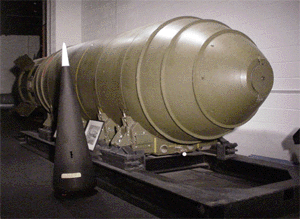
Mark 17 Bomb, Mark 12 Re-Entry Vehicle
The Defense Threat Reduction Agency maintains a large collection of nuclear
weapons displays, systems and components at the Defense Nuclear Weapons School
(DNWS), Kirtland Air Force Base, New Mexico. The Weapons Display Area (WDA)
is an integral part of courses taught at the DNWS, providing students a unique
opportunity to see, first hand, the evolution of nuclear weapons technology
and to apply the concepts developed in the classroom. In addition to its
prominent role in training, the WDA not only benefits the DOD but is used
by the DOE as well. It provides the National Laboratories, and the nuclear
community as a whole, with an opportunity to study the design features associated
with each weapon.
The WDA is a unique national treasure. It is the most complete comprehensive
collection of its kind, tracing the entire evolution of U.S. Nuclear Weapons
from the Little Boy and Fat Man, all the way to the most current stockpiled
weapon.
This collection is not open to the general public. However, even with this
constraint, a yearly average of 2,200 individuals tour the facility. Those
requiring information should contact the Defense Nuclear Weapons School,
General Information and Customer Support:
dnws@ao.dtra.mil
http://iac.dtic.mil/mss/dtriac/dtriac.htm
DTRIAC's Weapons Display Area
Most Information Analysis Centers (IAC) provide written or electronic information
to their customer. DTRIAC provides an additional means of assisting customers
in understanding the history and development of nuclear weapons through the
Weapons Display Area (WDA); please note that there are no live weapons in
the display. The WDA is located in the Defense Threat Reduction Agency's
Defense Nuclear Weapons School at Kirtland AFB, New Mexico. Harry Powell,
a DTRIAC employee, is personally responsible for the operation of the WDA.
The WDA is an integral part of courses taught at the Defense Nuclear Weapons
School, providing students a unique opportunity to see, first hand, the evolution
of nuclear weapons technology and to apply the concepts developed in the
classroom. As part of its prominent training role, the WDA benefits the
Department of Defense, the Department of Energy National Laboratories, and
the nuclear community as a whole, with an opportunity to study design features
associated with each weapon.
During the past five years since DTRIAC has assumed responsibility for the
maintenance, inventory and control of all WDA historical properties, Harry
has acquired hundreds of new artifacts that are historically invaluable and
several hundred weapons-related publications and maintenance manuals increasing
the uniqueness of both the WDA and DTRIAC.
Harry routinely goes beyond normal preservation and maintenance requirements;
he returns the items to their original condition. He has established extensive
liaison throughout DoD and DOE for new acquisitions. Sandia National Laboratories
has been remediating a classified landfill from the early weapons development
days and numerous articles have come from this landfill. These items are
in extremely poor condition having been in the landfill for several decades.
Rarely does Harry receive items in recognizable condition. They are usually
extensively damaged, rusty, crushed and in various states of decay. Harry
meticulously researches the item and refurbishes it to new condition. The
photos below show before and after refurbishment of an MK25 component.
With all the additions, the WDA has become the most comprehensive collection
of its kind, tracing the entire evolution of U.S. nuclear weapons from Little
Boy and Fat Man, to the most current stockpiled weapons. Given the importance
of knowledge preservation in nuclear weapons design, this collection is critical
for training and research, as well as for preserving a vital part of our
national heritage.
Harry's extensive weapons knowledge makes him the only choice to provide
comprehensive tours to high level civilian and military government officials.
Due to the overall classification, this collection is not open to the
general public. However, even with this constraint, a yearly average
of 2200 individuals tour the facility. The WDA is a valuable and integral
part of the DTRIAC mission.
Eyeballing
the
Defense
Nuclear
Weapons
School
|
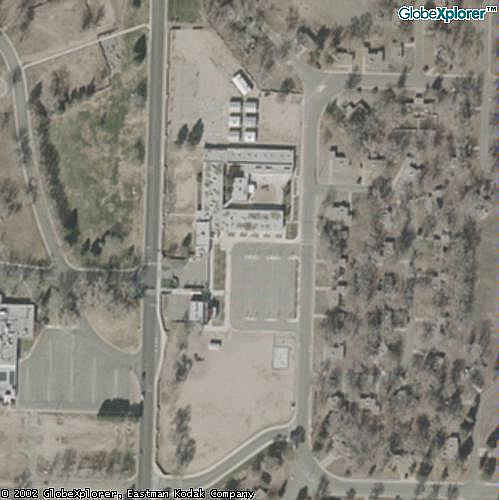 |
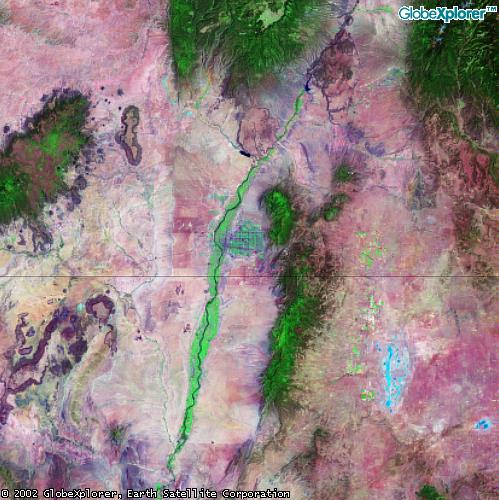 |
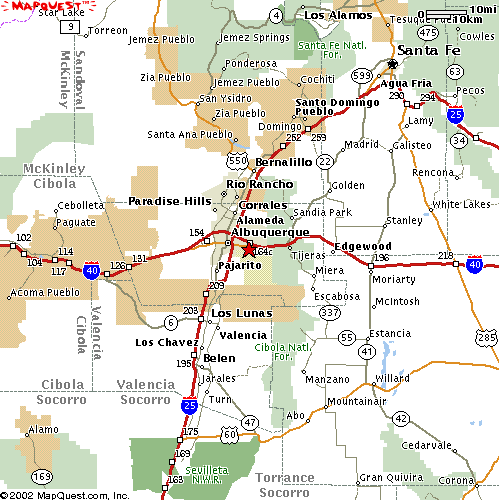 |
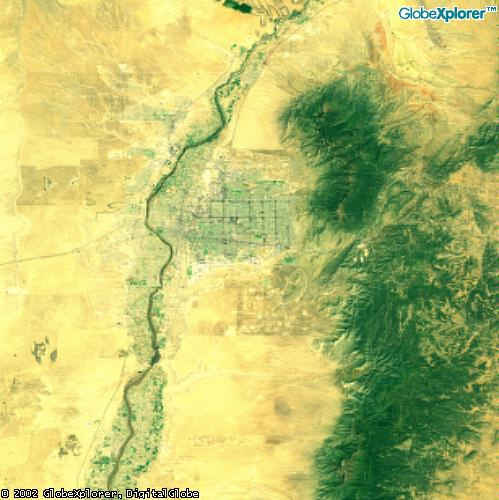 |
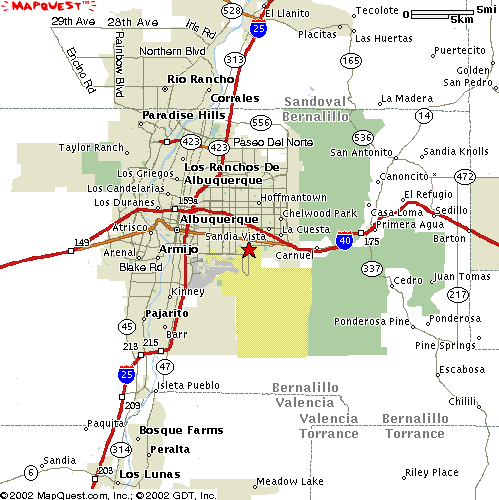 |
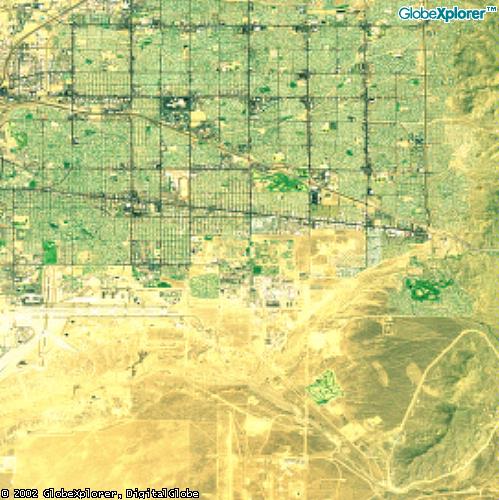 |
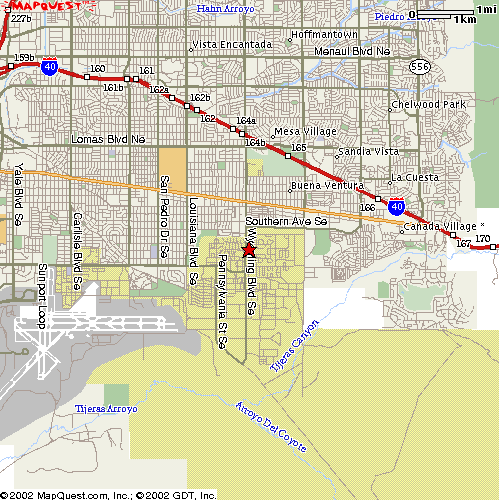 |
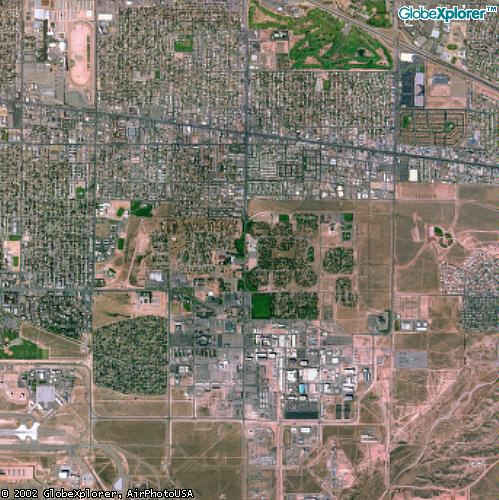 |
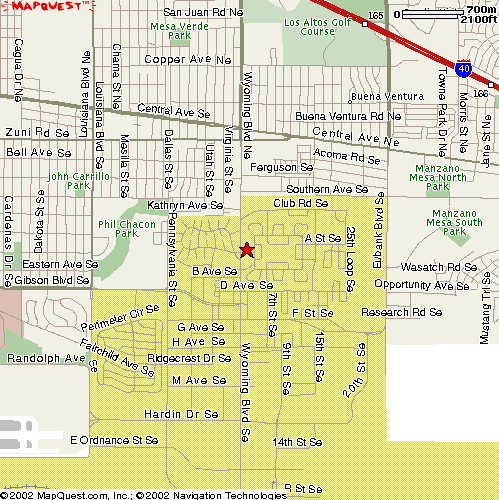 |
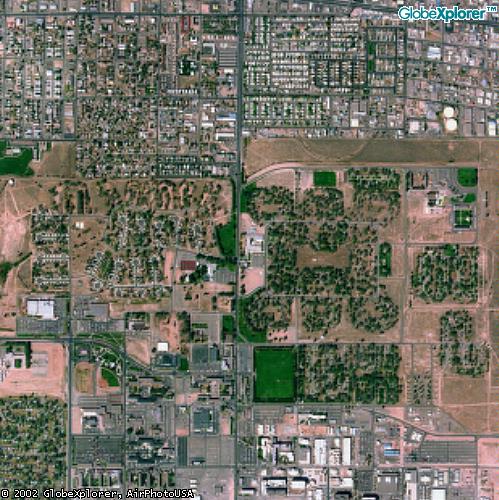 |
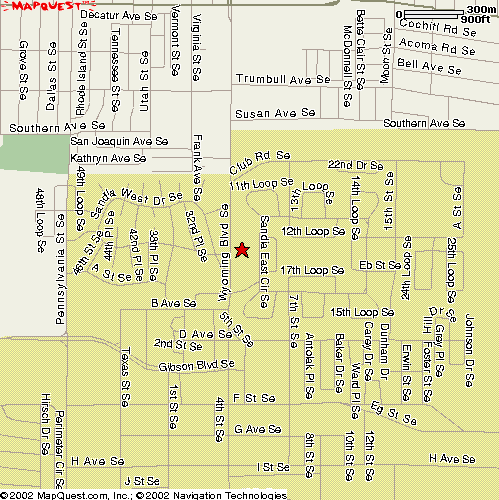 |
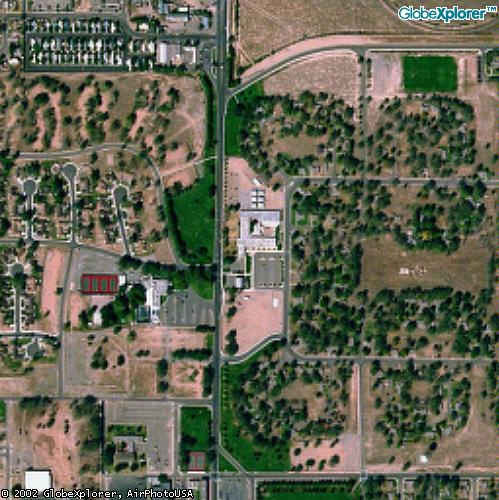 |
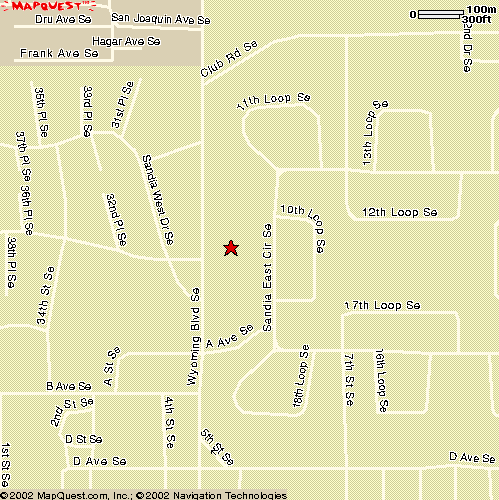 |
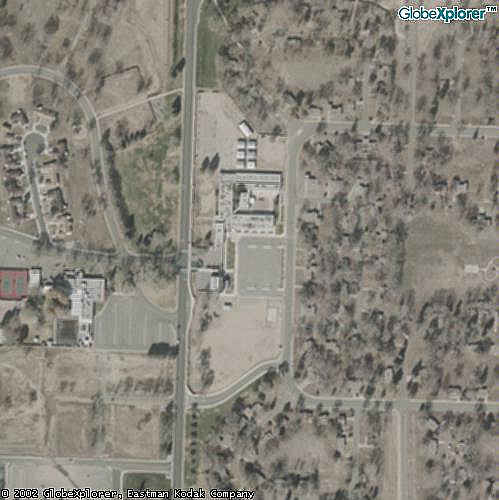 |
 |

